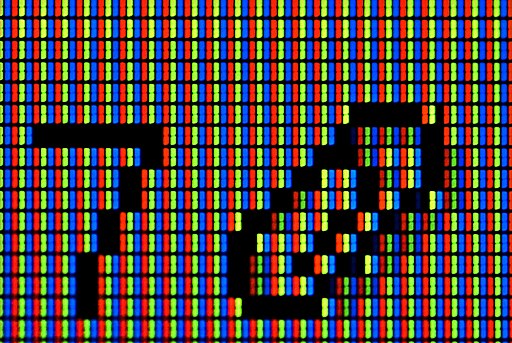Alyssa worked in a shop building small runs of custom hardware. Recently, she tackled a project that involved an Arduino talking to an LCD screen. Since several programmers had just left their jobs, she was the last programmer standing and thus on her own for this assignment. One of the engineers who'd worked there before her had really liked a particular brand of programmable displays because they came with software that allowed non-programmers to design serial-driven user interfaces, and had its own onboard processor. That was what Alyssa wound up using for this project.
Alyssa first tried to control the screens using the manufacturer's own serial library. She couldn't get any of the system commands to work over that serial library, but they did work if she used the manufacturer's test programs, running on the screen's onboard processor. Those would get uploaded via Serial, and sure enough, Alyssa could send commands over serial, just not using the vendor's library.
This led her to try programming the screen directly ... which turned out to be a very bad decision.
The manufacturer had come up with their own language. It was almost C, except there was only one data type: 16-bit integers. Want pointers? We're running on 16-bit hardware, so just use integers. Want strings? Use arrays of ints, two chars to the int! Want structs? No, of course not, who uses those? You can just use int arrays and manual byte offsets, right? Who needs type safety?
If the language was bad, the documentation that struggled to rationalize its existence was worse. Sections had been copy/pasted wholesale without anyone remembering to go back and tweak them, leading to incorrect information everywhere one looked. References to other manuals contained no links or information on how to find them other than "use the site's search function." Drawing dimensions were flat-out wrong.
In desperation, Alyssa visited the user forums for help, only to find scads of people like herself begging the manufacturer to let them use C on the screens. The manufacturer refused on the grounds that their language was more "beginner friendly" and that C wasn't "portable enough."
After two weeks of this agony, Alyssa recalled that sending serial commands directly had worked before. She wrote some small utilities that completely routed around the manufacturer's software and finally got everything up and running.
Upon congratulating her, Alyssa's boss also suggested selling her utilities to the manufacturer, which at this point could only be an improvement.


